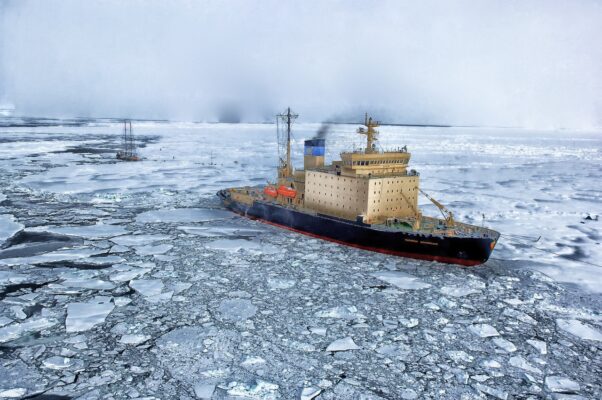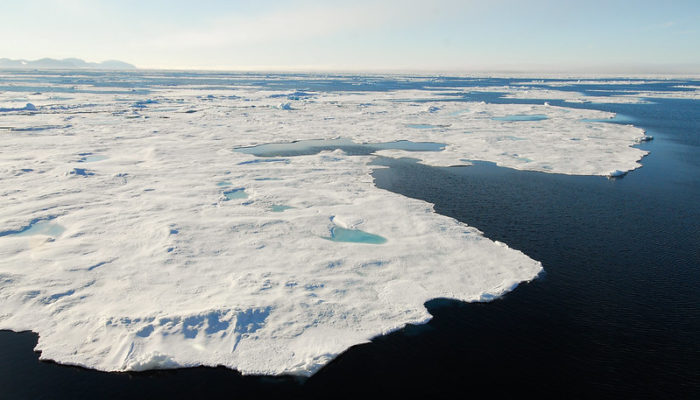Increased maritime transport in the Arctic, facilitated by the reduction in sea ice cover, is causing tremendous harm to an already vulnerable part of the world. Insufficient regulation of Arctic shipping has detrimental environmental effects on a global scale. These effects include, e.g. underwater noise pollution, oil spill risk and threats to the global climate. But did you know what role regul ...[Read More]
Antarctica Uncovered: Exploring the Exposed Surfaces Around the Melting Continent

In 2020, ocean scientists discovered a new island off the Pine Island Glacier ice shelf, naming it after the Norse goddess, Sif. The island is one of many new regions being exposed in the wake of increased ice shelf melting and glacial retreat. While these newly-revealed lands have been discussed in the Arctic and alpine ecosystems, the uncovered island and coastlines of Antarctica have been less ...[Read More]
CryoNews – The WMO is making the cryosphere a global priority

To us, the cryosphere has always been a priority. It is our field of interest, research, maybe passion, it is the stuff that gets us excited. Now, the cryosphere also became a priority to the World Meteorological Organisation (WMO). In today’s post we cover a recent news item introducing this very decision made during WMO’s recent congress. Read along to find out why they emphasize the importance ...[Read More]
How over-consumption leads to reduced sea ice: Visualization through artwork

Do you think that it is sometimes challenging to understand science (as a reader or listener) or to explain it (as a scientist)? Then, art may be a good solution to the problem. Between April and June 2023, Zacharie Bodson (artist) and I (climate scientist) are participating in the Seas and Oceans exhibition to explain the links between changes in Arctic sea ice and over-consumption. Read here abo ...[Read More]
The Global Arctic, a personal perspective on interdisciplinary research
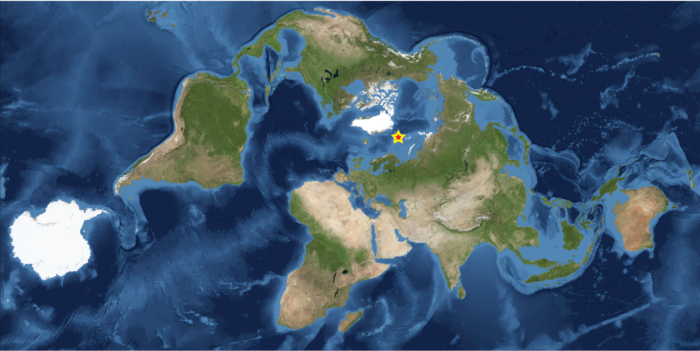
Around the summer solstice of 2022, a small group of twenty young researchers met in Svalbard, a small island lost between Norway and the North Pole. The Norwegian Scientific Academy for Polar Research wanted to bring us together around the theme of “The Global Arctic“. The scope of this summer school was to “produce a better understanding of the significance of the concept of Gl ...[Read More]
Did you know the differences between Arctic and Antarctic sea ice?
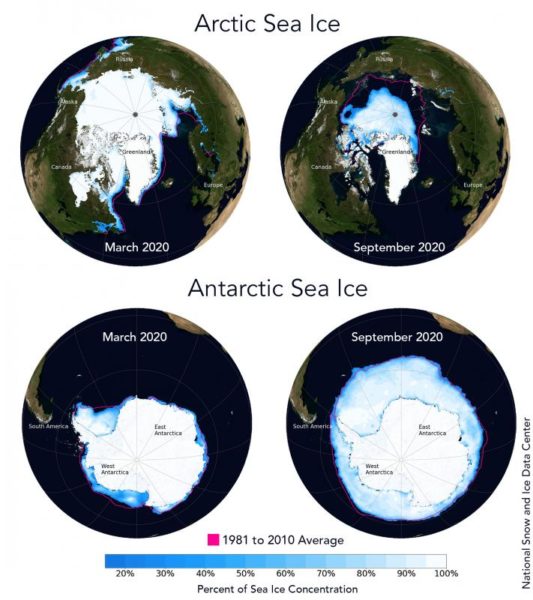
If you look at the maps in Figure 1, you will quickly see that sea ice is present in both polar regions (Arctic at the top, Antarctic at the bottom). Despite this apparent similarity, some differences exist between Arctic (in the Northern Hemisphere) and Antarctic (in the Southern Hemisphere) sea ice. We provide a brief explanation of two key differences in this post. Geography The first main diff ...[Read More]
Winds and Antarctic sea-ice cover: what is the role of human activities?
We may not often think about it, but climate in Antarctica can be very different depending on where we are exactly (do not expect palm trees though!). Winds play a big role in shaping these differences, which are reflected – among other things! – on sea ice. But how are these winds related to the large-scale atmospheric circulation, and are we having an impact on them? Dear readers, pl ...[Read More]
Why the 2022 Italian snow drought matters to you
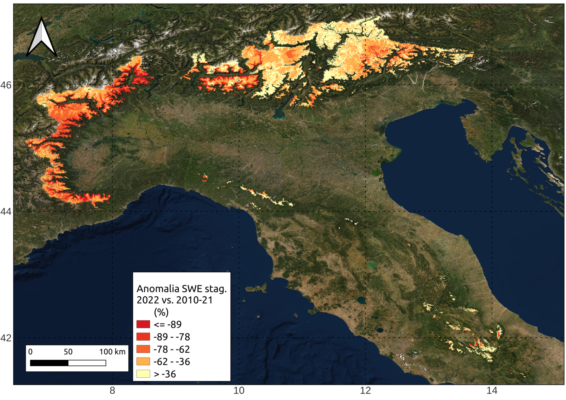
June 2022: I was discussing the ongoing drought with my family over lunch, when my dad pointed to me and summarized things as follows: “You know, less snow in winter means less water in summer!” I almost choked … what? Not only was it the first time I realized my family had been listening to my scientific anecdotes for years, but I also had concrete evidence now that snow was entering public ...[Read More]
Summer 2022: A perfect storm for Alpine glaciers
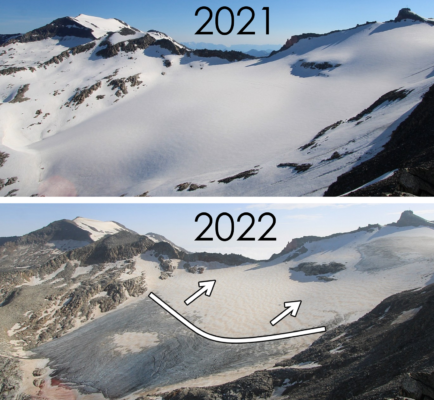
The summer of 2022 is shaping up to be a perfect storm for Alpine glaciers. By a strange coincidence, all the factors that could adversely affect glacial dynamics seem to have come into agreement. Let’s find out why. What controls the behavior of Alpine glaciers? Snow, temperature, weather conditions and the properties of snow and ice. These are the most important factors governing the life ...[Read More]
Ice-hot news: A cryo-summary of the new IPCC assessment report!

We have waited eight years for it, and it is finally out: the 6th Assessment Report of the Intergovernmental Panel on Climate Change (a.k.a. « IPCC AR6 »)! And it is more than 10,000 pages long across Working Groups! Fortunately, a synthesis report integrating the findings of all three working groups should be released in Autumn 2022. However, we, at the EGU Cryosphere Blog, thought it might be us ...[Read More]

